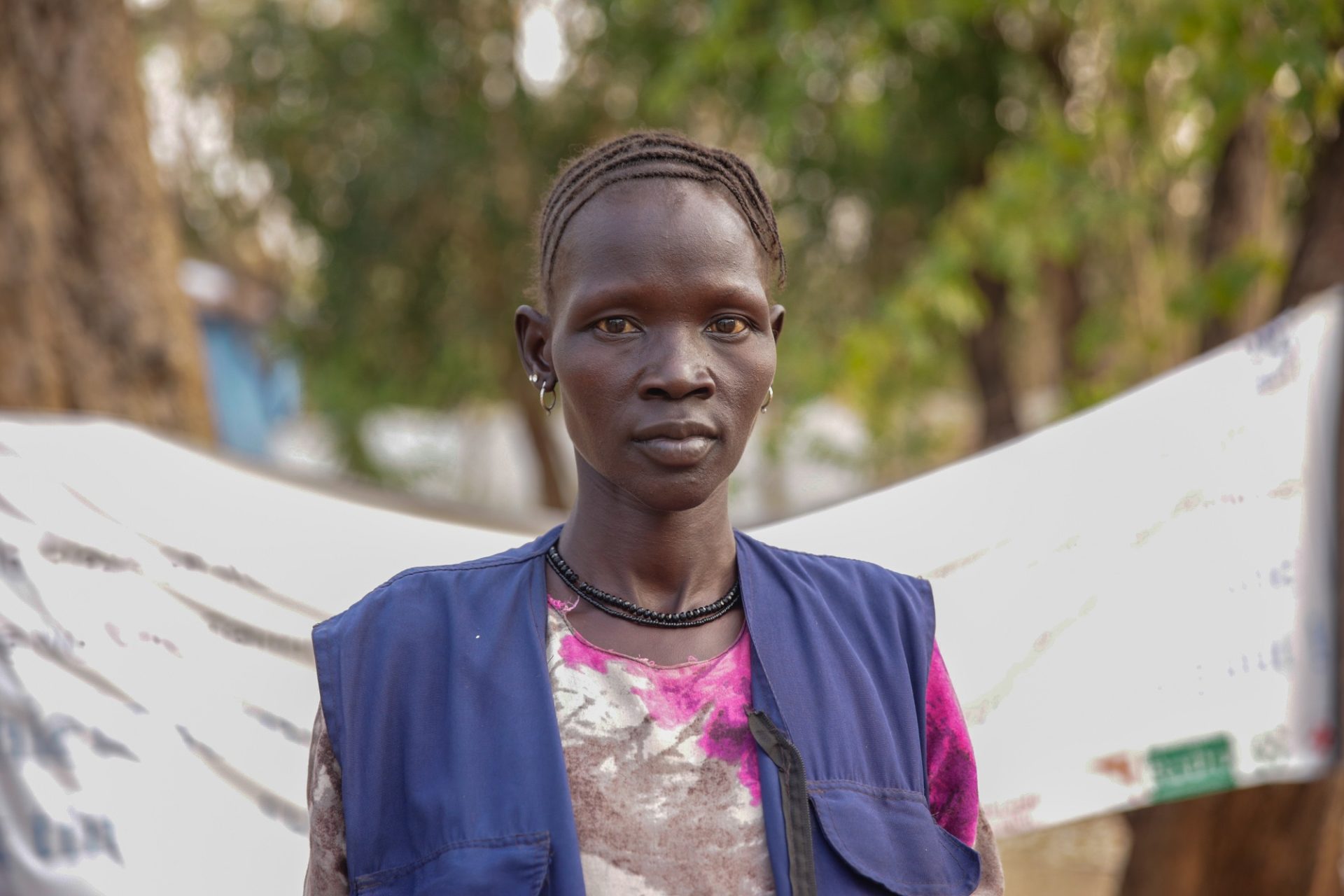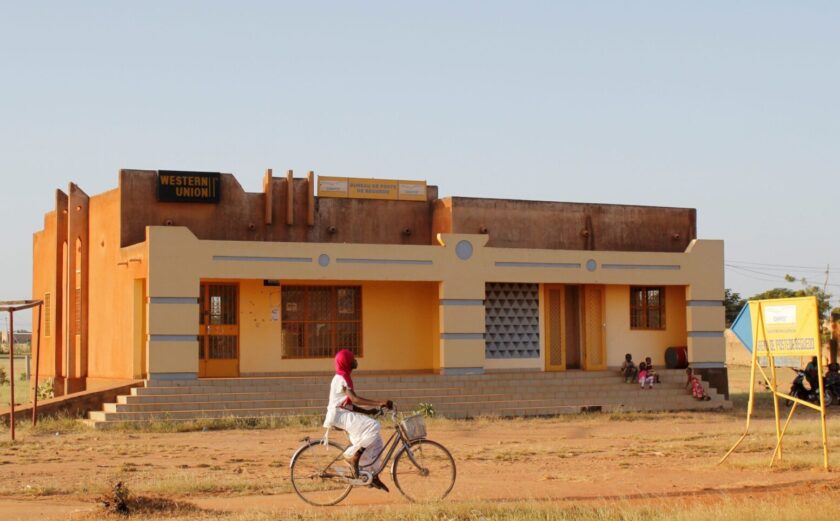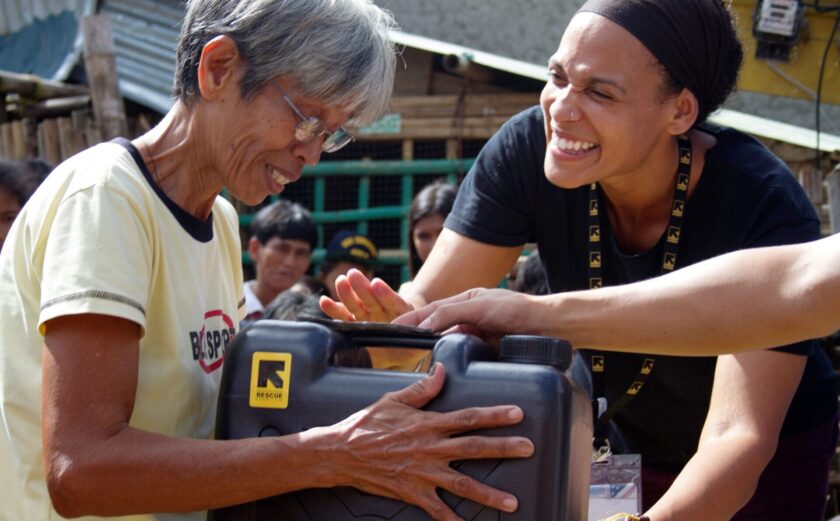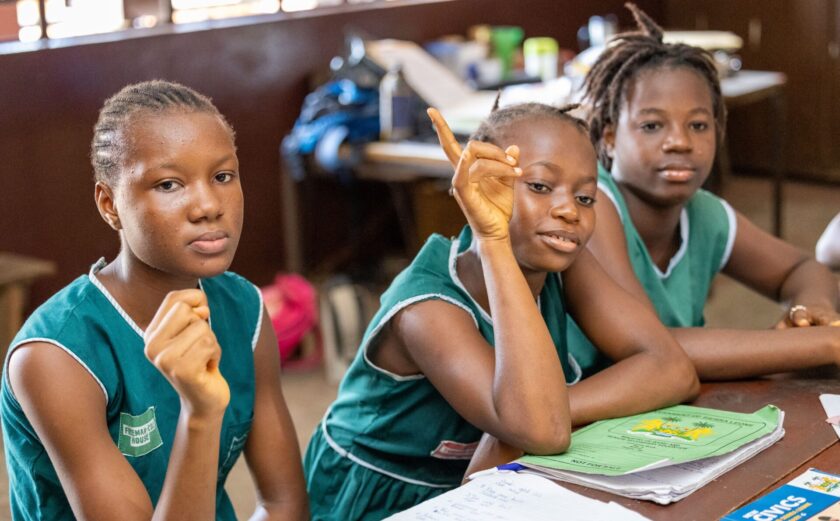
The Seeds Are Not the Problem
Climate Adaptation in South Sudan
One of the most significant hardships that farmers in Africa are experiencing is the reality of climate change.
It is high time that climate adaptation is placed at the forefront of international development programming. As project implementers, we have a role and responsibility to serve and support communities in building capacity and knowledge of skills that strengthen self-sufficiency.
In March 2020, I had the privilege of visiting South Sudan to work with a local school in developing a campus farm. The farm was established to support the school in cultivating agricultural commodities for both consumption and income generation.
Farming in South Sudan has its fair share of challenges, but many of those challenges are exacerbated by drastic changes in climate. In 2020, East Africa experienced the worst locust invasion in 25 years. In addition, the rains came later than they did in previous years and lasted longer than in years prior—all of which are results of climate change.
Isn’t more rain a good thing for countries that exist in perpetual drought? It’s actually not. The rain in South Sudan pours to the point that crops are destroyed.
Beyond destructive rain, many farmers dry and store their harvest outside; excessive rains prevent harvests from being thoroughly dried by the sun, increasing the risk of mold in harvested crops. In fact, farmers in Africa lose 50% to 60% of their crops post-harvest due to improper drying and storing of grain. This post-harvest loss extends the “hunger months.”
Rain in South Sudan is naturally seasonal, coming just once per year. Because farmers rely on one heavy rain annually to irrigate their crops, farming also takes place just once per year. Because farmers only have one opportunity to grow a bountiful harvest, it is imperative that they use techniques that are both adaptive and climate-smart.
The school where I was stationed is remotely located in Eastern Equatoria, at the center of uprisings related to the civil war between Sudan and South Sudan. The school directors were interested in starting an agriculture project that would support the school and bring stability to the region by way of establishing community-led food security.
After listening to the school staff, I learned more about the root causes of hunger in the community. I learned about traditional farming practices and what agricultural resources were available. The staff’s thoroughness and strong historical understanding of how farmland was changing influenced us to take an approach that prioritized conservation and focused on climate adaptation to improve the agriculture production at the school and food security in the community.
Building knowledge and skill of the current agriculture staff was essential—sharing knowledge became the foundation of the project I co-created with the school staff. Specific training materials were created for project activities that placed a strong emphasis on the staff’s understanding of climate change, environmental impacts, conversation agriculture, soil health, and precision planting. In addition to building knowledge, we identified local resources such as available seed varieties and water access points and what time of year the community would have access to those resources. We also worked with community welders and other artisans to develop agriculture tools that were simple and affordable for both the school and community members.
Results
Using these conservation agriculture techniques, we started preparing the land for planting. In years prior, the school planted a total of seven acres, which yielded just three 50Kg bags of maize, which is roughly 330lbs of food, 47lbs per acre. In 2020, using the same seed variety of the year prior, we planted 21 acres and harvested 85 50Kg bags of maize, which is just over 9,000lbs of food, averaging 446lbs per acre. The school staff was able to offer students three meals a day for three months from the entire farm harvest.
Overall, the school experienced an 800% increase in its yearly harvest.
Lessons Learned
There are several takeaways from this experience.
First, prior to our activity, the agriculture staff believed that they had low yields because they used local seeds and that, without access to biofortified or genetically modified seeds, growing enough food to support the school would be impossible.
The seeds were not the problem. Climate change was the problem.
Adopting farming methods that included precision planting and soil health in the face of changing rain patterns was essential. Once the staff was able to incorporate techniques within their agriculture practices to fit the weather conditions that climate change had yielded, the seeds produced higher yields.
Because bio-fortified seeds and genetically modified seeds are challenging to access and often too expensive for farmers, it was empowering for the community to see the yields that locally available seeds were able to produce. This is climate adaptation at work.
The second takeaway stems from a story that one of the agriculture staff members shared with me. He explained that never before had an agency spent time focusing on building the knowledge of the staff about what types of climate adaptive agriculture practices could be used. Most agencies would focus on providing new and different resources and would not take the time to understand why farmers were experiencing low yields and what adaptive changes they could make to improve the outcomes farmers were experiencing.
This is sobering feedback that donors and NGO implementers must consider if they are to succeed in preventing the adverse effects of climate change on people who are most exposed to it. Food insecurity is tethered to climate change. Encouraging farmers to adopt climate-sensitive agriculture techniques is one of many methods to support farmers to immediately respond to climate change during planting seasons. Changes in planting practices are proactive and empower farmers to mitigate future crop failure.
It is time that development programs proactively focus on how to adapt to a changing climate so we can prevent future hunger.
Community members were thrilled about the historic harvest of 2020 and almost did not believe it. Being associated with an extremely bountiful harvest created a deep sense of honor for the community. The school staff went on to teach individual community members about soil regeneration, precision planting, and the value of conservation agriculture to adapt to the changing arid land of South Sudan—outreach that they had not previously engaged in that would become part of the local knowledge base.
An understanding of climate change and adaptable approaches are how we mitigate hunger, one community at a time.
As policy advocates and implementers, we have the opportunity to shape and influence strategies such as the USAID Climate Strategy and the Global Food Security Strategy-Refresh. Incorporating and stressing the value of locally-led development and using locally available resources is essential for effective climate adaptation and mitigation strategies.
The solution is not always new seeds and technology. Sometimes it is just a change in practice.







